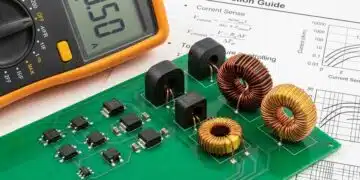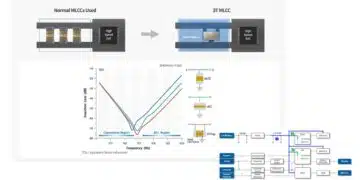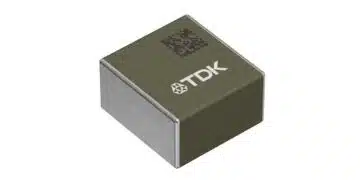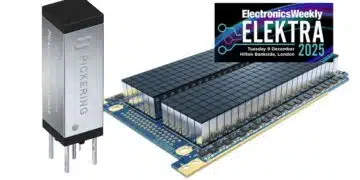VANCOUVER, BC and NEW YORK, NY / ACCESSWIRE / April 19, 2017 / Graphene Energy Storage Devices Corp. (GESD), 40% owned by Lomiko Technologies, a 100% owned subsidiary of Lomiko Metals Inc. (LMR.V) (LMRMF) (FSE:DH8B) (“Lomiko”), is pleased to announce the successful completion of a development project undertaken jointly with the Research Foundation of Stony Brook University (SBU) with a new patent filing by Stony Brook University.
The SBU team, led by Dr. Samuilov, discovered a novel method for assembly of high-voltage Supercapacitor units. GESD and SBU recently filed a U.S. provisional patent application to protect the technology. The SBU team assembled and tested a 10 V Supercapacitor energy storage unit, thus proving feasibility of the high-voltage design. This development opens avenue for new low-cost energy storage products. Currently, GESD is working on scale-up of the technology and an in-field evaluation of the energy storage unit.
The Largest Manufacturers of Supercapacitors are Maxell Technologies, Elna America, AVX Corporation, Panasonic Electronic Components, Taiyo Yuden, NessCap Co Ltd., Nichison, United Chemi-con, Cornell Dublier Electronics, Cooper Bussman, Kemet, Rubycon, and there are over 300 varieties of Supercapacitors in a growing market for these devices.
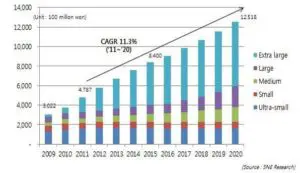
Fig.1 Future Market for Supercapacitors from SNE Research
Supercapacitors are promising energy storage devices. Due to their fast charge-discharge characteristics, low equivalent series resistance, long cycle life, wide operating temperatures, supercapacitors are finding application in transportation, industrial and grid energy storage. There is a rapidly growing demand for capacitive energy storage systems with high power and energy densities. However, individual supercapacitor units have very low stand-off voltage, < 3 V. In order to increase the operation voltage to a practical level, > 3 V, the EDLCs are connected in series stacks. The EDLCs need to be interconnected and balanced with an electronic circuit, which results in a bulky and expensive energy storage system.
The GESD-SBU team demonstrated design and implementation of a sealed high-voltage EDLCs energy storage unit. The unit is internally balanced, there is no need for an external circuit. The electrode is very cost-effective nano-carbon composite either of a commercial carbon or of graphene platelets with carbon nanotubes. The nano-carbon electrode materials were used for deposition and assembly of a working prototype of an internally balanced high-voltage energy storage unit. The bench-top prototype unit, tested up to 10 V, exhibited good discharge characteristics and charge retention. This development enables new compact energy storage solutions for grid and vehicular applications.
About Graphene ESD
Graphene ESD is developing energy storage based on graphene platelets. High surface area and outstanding electrical conductivity of graphene enable devices with a unique combination of fast charge/discharge and large stored energy. Our devices utilize graphene platelets manufactured from high-quality natural graphite by a low-cost scalable process. Graphene ESD is 40% owned by Lomiko Metals Inc. Lomiko Technologies Inc. a 100% owned subsidiary of Lomiko Metals (“Lomiko”)





